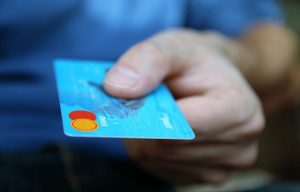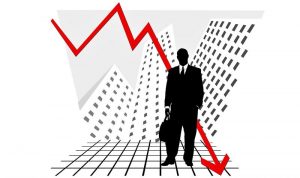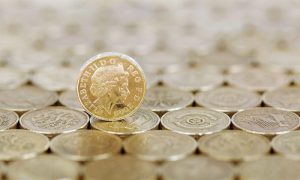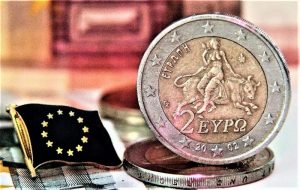Microeconomics
Microeconomics is the social science that studies and analyzes the different implications of individual human action, specifically on how those decisions may affect the use and distribution of scarce resources. Microeconomics shows how and why different goods have values that are not the same, how individuals make different decisions either more efficiently or more productively, and how individuals can be capable of coordinating and cooperating better among themselves. Microeconomics have come to be considered as a more complete, complex, united, advanced and established science than macroeconomics.
What is microeconomics?
Microeconomics is a part of the economy that studies how houses and businesses decide how to limit their resources, products and services, either to sell or to buy some of them.
What does microeconomics study?
Microeconomics consists of a series of studies about the different economic trends that occur or what could happen when individuals make certain decisions or when production factors change. Individual participants are usually divided into microeconomic subgroups, such as buyers, sellers, and business owners. These people must interact with the supply and demand of resources, using money and interest rates as a pricing mechanism for proper coordination.
What is the microeconomics for?
It studies in depth the equilibrium of the markets and the products that are within the market. If it is seen as a purely normative science, microeconomics doesn’t look for a way to explain what should happen in a market; on the contrary, it only tries to explain the things that can be expected if certain conditions change.
Characteristics
The main characteristics of microeconomics are as follows:
- It emerged from the marginalist and neoclassical school of the nineteenth century.
- It studies the behavior of companies and consumers by measuring microeconomic variables.
- It is in charge of diagnosing the movements of minority groups in society.
- Services or goods in the area of microeconomics are known as output.
- The elements needed to manufacture a product are called inputs.
- It is based on consumer theory and general equilibrium
History
It originated in Europe in the mid-nineteenth century with a group of ideas on how to organize production by explaining the different values of goods through the psychology of the individual. The first to use the term were the marginalists, who are considered the founders of microeconomics. In the 40’s of this century, great progress was made on the subject thanks to mathematical processes. Its main exponents were Stanley Jevons, Karl Menger and León Walras who assured that there was a law in psychology that said that satisfaction for a good increased its consumption.
Branches
There are three different branches of development in microeconomics which are:
- Consumer theory: it is based on what the individual prefers and its objective is to know what the consumer’s choice will be among the different goods available with the resources available at the moment.
- Demand theory: It derives from the consumer theory, adding the demands that each person has with respect to a good and establishing the prices per consumer.
- Producer Theory: A company is seen as an organization in charge of planning, coordinating and supervising It converts production factors into products and the company is the decision-making agent for setting prices.
Principles
Individuals are always faced with different choices.
- The cost of a good or service is what is given up in order to achieve it.
- Being rational people we think in marginal
- People always respond to incentives.
- Markets are a good mechanism for organizing the economy.
- The state can sometimes improve market outcomes.
- A country’s standard of living depends on its ability to produce goods and services.
- Prices rise when the government prints too much money.
- Society faces a short-term dilemma between inflation and unemployment.
Aims and objectives
The main objective is to analyze the different markets that exist depending on the number of bidders and demanders in which the markets do not produce the expected results and the description of the conditions needed to have perfect competition.
Elements
The focus of microeconomics is on goods, prices, markets and different economic agents.
Microeconomics variables
The main variables are consumption decisions, the demand curve, production decisions, the supply curve, the establishment of the final price of the product and the role played by management.
Usefulness
It is used to measure the degree of satisfaction of a person when consuming or using a good or service. It assigns numerical values to each of these goods and establishes which ones are useful.
Benefits
Microeconomics enhances the ability of businesses to deliver benefits. Microeconomics works in order to analyze the different forms of marketing offered by companies and which set the prices between different goods and services.
Microeconomics importance
It is important for both buyers and sellers as it forces them to make the best decisions to maximize the utility of the goods which makes everyone participate in society. Through microeconomics, we can obtain the greatest profit and the minimum loss.
Examples
An example of microeconomics is when a manufacturer increases the selling prices of cars, the microeconomics then says, that consumers will tend to buy less than before, because of the high price. Another example we can mention is when a major gold mine collapses into one of the largest exporters of the product, then the price of copper will tend to increase, because supply is restricted.
How to cite this article?
Briceño V., Gabriela. (2019). Microeconomics. Recovered on 3 January, 2025, de Euston96: https://www.euston96.com/en/microeconomics/










